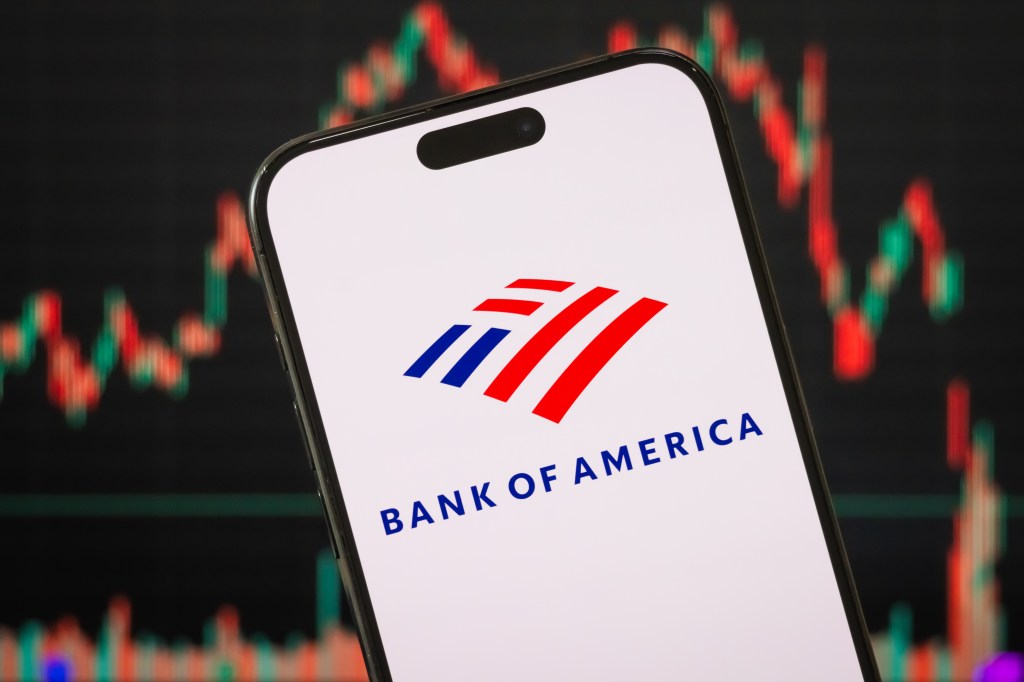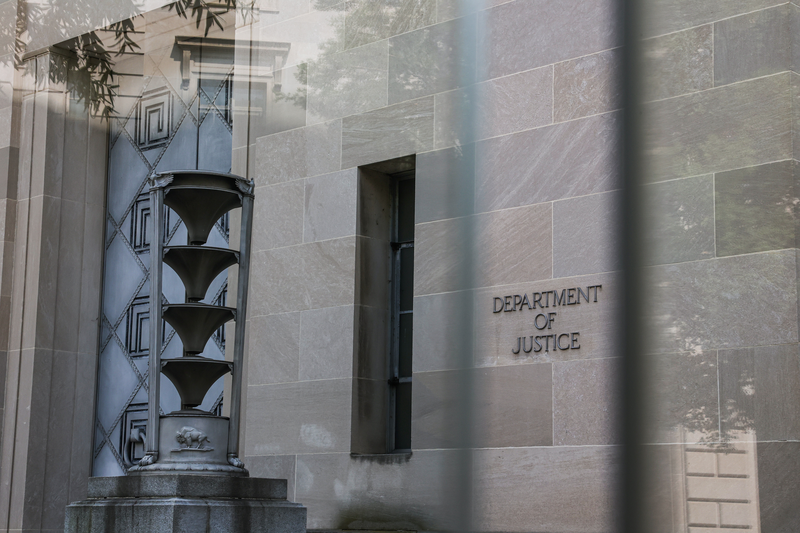As the crypto industry continues to expand, regulators are navigating a transitional moment, where legacy frameworks meet emerging technologies, and the path forward remains uncertain. Against this backdrop, the SEC has launched a structured effort to assess how digital asset markets should be governed.
Central to this initiative is the SEC’s newly formed Crypto Task Force, established in January 2025 to provide recommendations on regulatory clarity, disclosure standards, and oversight priorities for crypto assets.
The task force includes a cross-functional team of 14 members drawn from across the agency, including former industry professionals such as Michael Selig and Landon Zinda. Their mandate is to bridge regulatory gaps, evaluate enforcement strategies, and help define a workable framework for digital assets within the US financial system.
Public engagement with the task force has been robust, with a hundred written submissions received to date, ranging from principle-driven appeals to technical roadmaps. Among the most detailed was Coinbase’s, which outlined a granular critique of the current rules and offered pragmatic fixes: from classification guidance to safe harbor mechanisms.
The SEC has also initiated a series of thematic roundtables to gather input from market participants and other stakeholders.
The second of these events, Between a Block and a Hard Place: Tailoring Regulation for Crypto Trading, was held on April 11 and focused on the structural and operational complexities of crypto trading platforms. Participants included representatives from centralized and decentralized exchanges, legal experts, and asset managers.
Topics ranged from broker-dealer registration and custody risks to the role of automated market protocols and cross-border coordination.
While several points of consensus emerged, particularly regarding investor protection and the need for interoperability, participants expressed hesitation in identifying specific regulatory actions for the SEC to prioritize, underscoring the complexity of the challenges ahead.
Statements from regulators
Acting Chair Mark Uyeda opened the session with a historical analogy, comparing the current crossroads in crypto to the early days of the New York Stock Exchange. Much like the 18th-century stockbrokers under the buttonwood tree, today’s digital marketplaces have emerged organically, sometimes entirely outside federal oversight.
Uyeda emphasized that the current “patchwork” of state-by-state licensing regimes is unsustainable for a market increasingly integrated with both securities and non-security tokens. He acknowledged the technical hurdles that federal rules pose, particularly those governing order routing, dual-format trading, and registration requirements, and proposed the use of conditional exemptions to give innovators room to experiment within legal boundaries.
Blockchain-based models, he argued, offer real potential to increase capital efficiency and improve trade execution, but only if regulation keeps pace with innovation.
Commissioner Hester Peirce raised questions around pairs trading, recordkeeping rules, and the risk of duplicative regulation between federal and state agencies, urging the Commission to create room for experimentation under clear but flexible conditions.
Peirce also reached back into SEC history to draw lessons from how the agency has previously integrated technologies, from internet trading to Regulation ATS, and proposed using that legacy as a blueprint.
Her metaphor of the day was borrowed from apple cider vinegar: while the “mother” floating inside may look strange, it holds the beneficial bacteria. So too, she argued, should regulators embrace the messy but vital conversations about how to modernize trading rules.
“A close look at the tangled mass might scare you, but ingesting it is good. So too the topics before our panel: we are looking at an unsightly legal and technical knot of issues, but the conversation – among our expert panel – will be good for us.”
Hester Peirce, SEC Commissioner
Commissioner Caroline Crenshaw steered the conversation toward a grounded but often overlooked perspective: the retail investor. Speaking under the session’s apt Between a Block and a Hard Place title, Crenshaw cautioned that amid the swirl of blockchain innovation and trading innovation, basic investor protection may be getting lost.
She framed her address around a key concern, whether average crypto investors truly understand how their assets are handled and what safeguards, if any, exist.
Crenshaw did not propose immediate regulatory overhaul but instead called on the roundtable participants to grapple with hard structural questions: “How do we approach the question of crypto exchange registration? How do on- and off-chain transactions comply with broker-dealers’ best execution obligations? How can we address and minimize custody risks and conflicts of interest?”
Thoughts from experts
Rarely do crypto discussions in Washington feel like a true dialogue. But this time participants repeatedly expressed gratitude for precisely that: a rare, structured opportunity to speak openly, without constraint.
Panelists from DeFi firms, centralized exchanges, academia, and traditional asset management commended the Commission not just for listening, but for convening a space where consensus could begin to emerge, even across ideological lines.
The roundtable’s most unifying moment came during the discussion on investor priorities.
While some questioned where regulatory energy should be directed first, there was broad agreement that the Commission’s historical mission, to protect ordinary investors, must remain central. These are the people, after all, who do not code smart contracts or rebalance their portfolios, but who rely on advisors, custodians, and funds.
That logic steered the conversation toward asset managers. Tyler Gellasch of Healthy Markets highlighted that fiduciary duties, such as care, loyalty, and best execution, should be explicitly extended to managers of digital assets. These expectations, he noted, already exist in securities law and should apply equally here.
Gellasch’s remarks during the roundtable were consistent with his written submission, where he emphasized that promoting competitive, efficient, high-integrity, and fair digital asset markets will necessitate adopting many similar rules as those imposed on the trading of other financial assets.
Others, including the NYSE’s Jon Herrick, echoed the need to focus on functional roles, brokerage, custody, execution, rather than titles or technology.
But the meeting wasn’t just about principles, it was about infrastructure. Richard Johnson of Texture Capital emphasized that smart contracts could replace multiple layers of the current market structure by executing trades, clearing them, and logging them in a matter of seconds.
Coinbase’s Gregory Tusar highlighted how open competition in crypto markets can still enhance execution quality, despite current regulatory gaps. Katherine Minarik of Uniswap pushed for a greenfield approach: letting DeFi protocols flourish, she argued, could create entirely new forms of financial organization, ones that don’t rely on intermediaries at all.
Others urged regulators to see blockchain technology in general not merely as a challenge, but as a tool. As a recordkeeping system, it could support compliance efforts in real time, including AML, KYC, and custody verification.
The SEC, several said, would do well to focus on sandbox-style exemptions and modern rulemaking modeled on function, not form.
A call for the architect
The conversation around US crypto regulation is no longer about if, but how and who. Despite the growing momentum for reform, the current landscape remains fragmented, with state-by-state rules forming a dense patchwork quilt that frustrates investors and developers alike.
Several speakers during the SEC’s second crypto roundtable pointed out the resulting inefficiencies, noting that a firm may require dozens of money transmitter licenses just to operate nationally. This splintered framework not only deters institutional capital but pushes innovation offshore. The regulatory fog, once a tolerable nuisance, is now a structural liability.
Calls for coherence are growing louder, and the SEC, by sheer proximity to the issue, may be the most plausible candidate to deliver it. Yet the roundtable made clear that leadership must involve more than procedural coordination.
Still, despite some early alignment on principles like transparency, competition, and investor protection, the conversation grew murkier as it turned to concrete next steps. Few were willing to name priorities. Fewer still dared to outline the shape of a comprehensive framework.
What this moment requires, then, is something bordering on the mythic: a regulatory Theseus, unafraid to enter the labyrinth of decentralized finance and thread a way forward.
Whether that leader emerges from a government agency, a bold business coalition, or an individual voice with institutional traction, they must possess more than technical fluency. They must be driven by a desire to serve the entire ecosystem, not just their corner of it. They must learn from the legacy of post-crisis rulemaking but be unshackled by precedent.
Most of all, they must recognize that crypto, by design, is borderless. If the United States hopes to lead in a market that never sleeps, where trading happens across jurisdictions at the speed of code, it cannot regulate in isolation.
The next phase demands regulatory diplomacy. Without that global vision, even the boldest domestic architecture may prove too small for the scale of the digital future.












